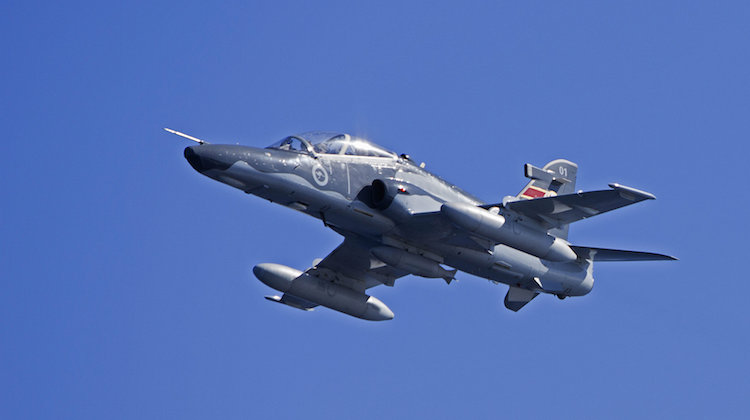My first reaction to this is that the RAAF must run their training fleet pretty hard. Most other Hawk operators have kept their aircraft in service for much longer than the RAAF. The UK for example still operates a number of T1s and they have been around since the seventies and eighties.It may well be that the LiFT replacement may happen a bit sooner:

RFI released for RAAF Hawk 127 LIF replacement | ADBR
The Commonwealth has released a Request for Information to industry for technologies that could lead to the replacement of the RAAF’s BAE Hawk 127 lead in fighter capability. The RFI…adbr.com.au
Interesting article in ADBR, by Andrew McLaughlin, regarding the RFI release, couple of interesting paragraphs:
"The Hawk is powered by the Rolls-Royce Turbomeca Adour Mk 871 which, in recent years has become increasingly difficult to support and has experienced cracking in the low bypass turbine. Engine problems and a persistent wing fatigue issue have led to a couple of groundings of the fleet, the last one in 2019.
"ADBR understands the RAAF is looking at an option to re-engine the aircraft with the newer R-R Adour 951 engine, although this has had a luke-warm reception due to the aircraft’s age and its ongoing fatigue issues. The Hawk also lacks the secure systems required to conduct integrated training and operations with F-35, EA-18G, E-7A, and other next-generation systems.
"Industry sources suggest the program could accelerate once the RFI responses are received, and that the planned life-of-type of the Hawk could be brought forward due to the engine and fatigue issues."
Normally I take most things written in the Media, even Defence Media with a grain of salt, but I've usually found that Andrew's articles (going back many years with AA magazine too) are usually pretty accurate.
If the problems with the Hawk fleet are as large as Andrew is suggesting, then it might well be a waste of money to perform the upgrades mentioned above, bringing the replacement forward a few years might well be a more sensible use of money.
For those old enough to remember, the aircraft that was replace by Hawk, the Macchi MB-326H, also had structural problems that let to earlier retirement despite the aircraft having gone through a wing replacement program, history repeating itself??
Cheers,
Perhaps the most obvious solution would be to partner up with the USAF T-X program.
